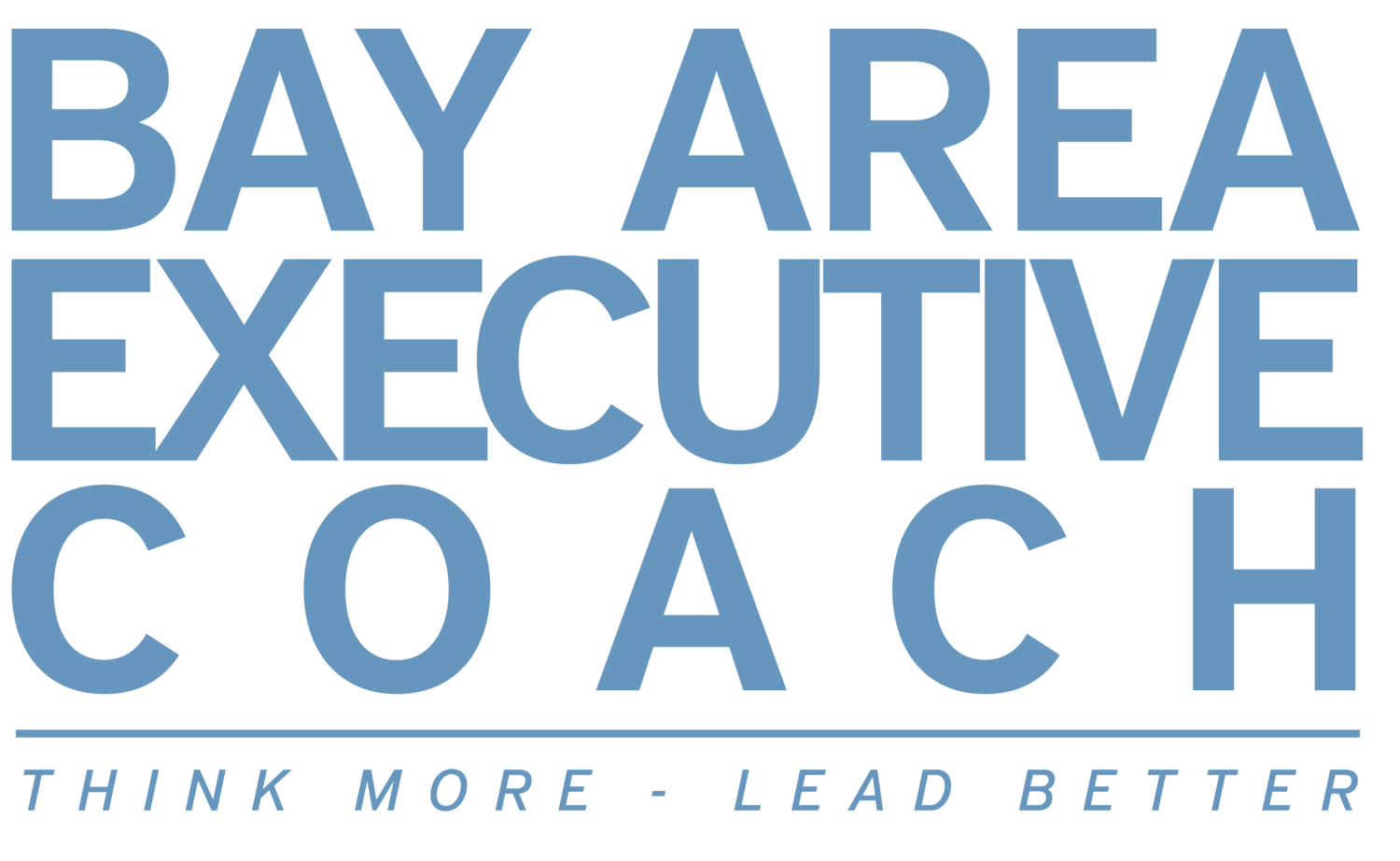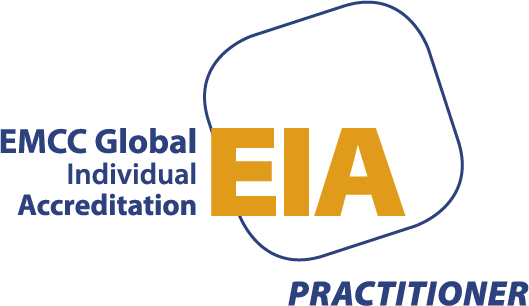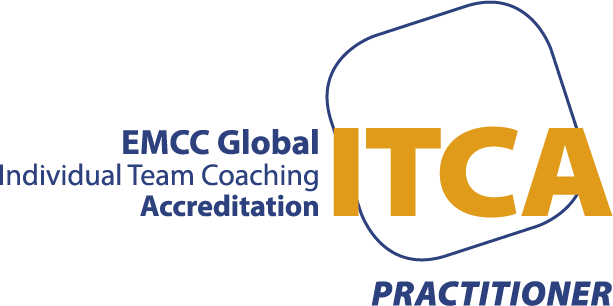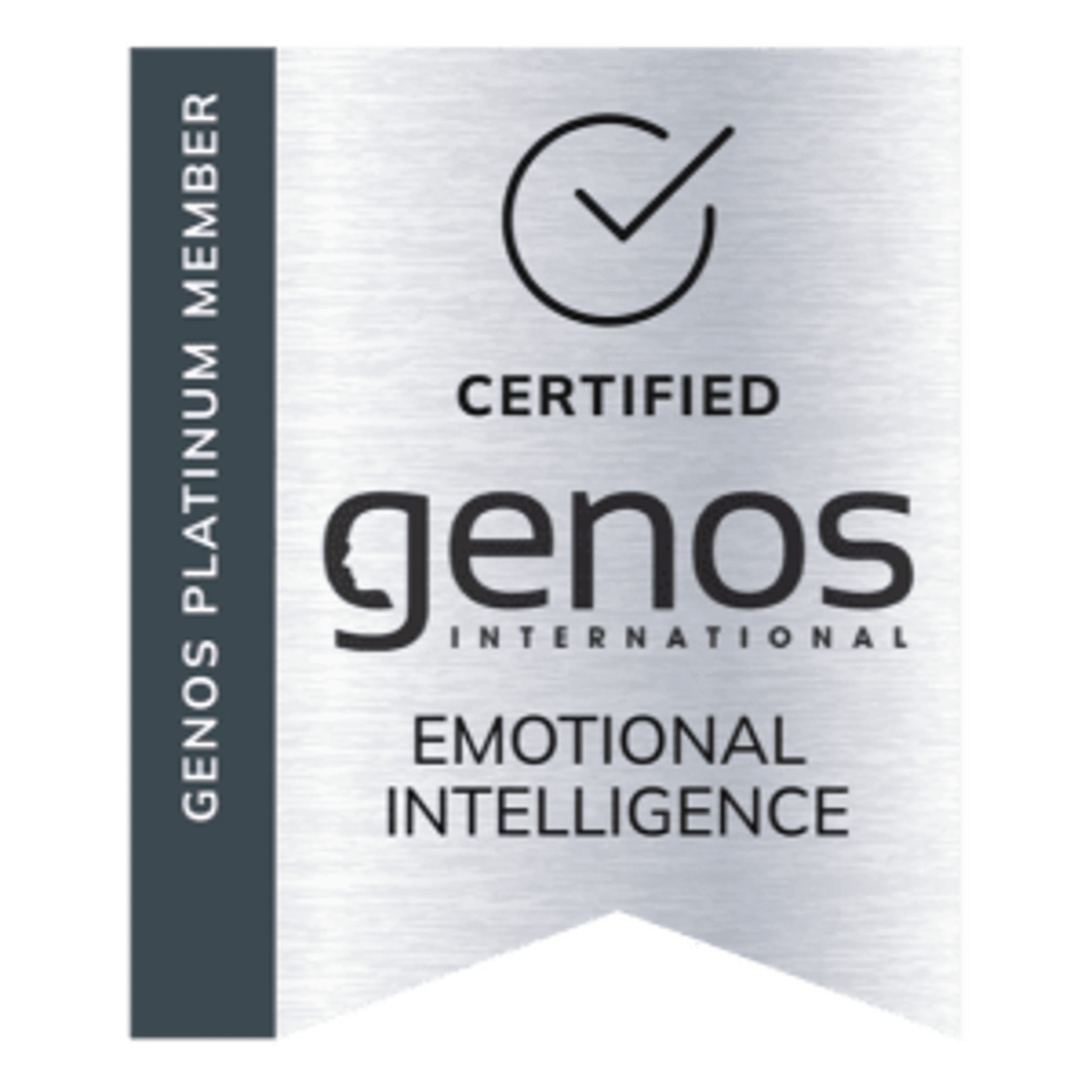Regardless of the size of your organization, the benefits of supporting diversity and inclusion in the workplace go beyond boosting your brand’s public image. Here are strategies you can use to celebrate and appreciate diversity to help make your company a best place to work:
- Pay attention to and respect cultural differences.
When an employee asks for time off to celebrate their important religious holiday (other than Christmas or Easter), it’s a prime opportunity to demonstrate your company’s respect for diversity by granting a reasonable amount of paid time off for them to do so. If you don’t allow your employees to take off the holidays important to their cultures and religions, then your workplace won’t be very inclusive. Respecting these requests helps to ensure that everyone feels like they matter in your workplace. You can achieve this fairly easily by giving employees a few floating holidays each year to use for the holidays that are not on the annual calendar.
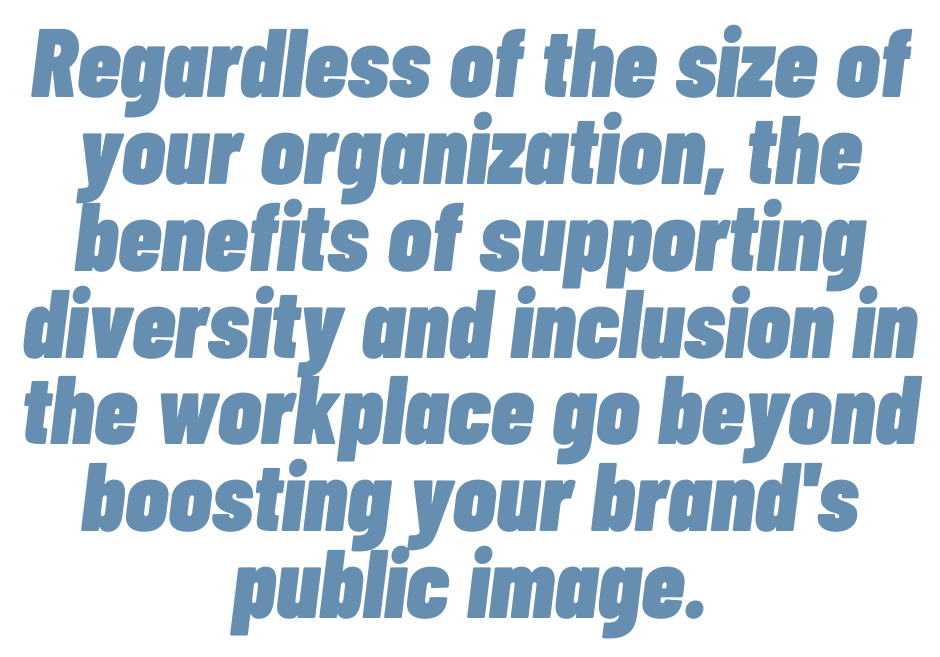
You might also hold occasional get-togethers for employees who are able to come to the office to celebrate the cuisines of the cultures associated with certain holidays throughout the year. It sends a good message to the team that you recognize the diversity in the workforce and want to celebrate it.
- Address language and non-verbal barriers.
When you hire employees who are not native English speakers, you may run into some communication barriers at times. Ensure everyone on the team is patient and respectful regardless of speaking ability so as not to embarrass or cause people to hold back from sharing in meetings and conversations. This goes for written communications, too. Some team members may be technically brilliant, but have some challenges when it comes to writing emails or giving presentations. A little understanding and enthusiastic support will go a long way. It may also help to have mentors who are willing to help with communication protocols.
Also recognize and respect non-verbal communication modes. What’s OK in one culture may not be so OK in another. Don’t neglect to understand such situations.
- Develop a cultural calendar.
Add various religious and cultural holidays to your official company calendar. Doing so gives these events official recognition while making it easier for employees who observe these events to do so without needing to explain why.
- Encourage cultural education.

Nothing dispels bias and prejudice like education. If your employees are open to sharing more about their backgrounds and cultures, ask them if they’d be willing to talk to the rest of the staff or lead educational opportunities and events that highlight their traditions. Most people are happy to learn about other cultures and traditions. These presentations are typically delivered over a casual lunchtime get-together.
- Establish and enforce a no-tolerance policy when it comes to prejudice or harassment of any kind.
Make this policy a fundamental element of your company culture and make sure everyone knows it. Prejudice, discrimination, and harassment of any kind has no place at your company and will not be tolerated. Violators should be subject to discipline and possibly termination.
- Offer employee diversity training.
Your employees should know how to treat others from different backgrounds. Diversity training will give them the information and confidence to do so. Some people may not understand that certain questions or comments can be offensive to people with different backgrounds. Your HR policies should reflect your focus on diversity in the workplace so you can ensure no one feels unsafe or uncomfortable while on the job.
- Support employee advancement for all employees.
A more inclusive workplace should support advancement opportunities for employees of varying backgrounds. There should be no limit to career growth for anyone and everyone. Bake succession planning into the culture of the company, offer lots of internal classes on upskilling, and run mentorship programs. It can also be very helpful to have an internal coaching program or use outside executive coaches.
When you make such a comprehensive effort to ensure anyone who wants to advance can get the support to do so, it makes your company a best place to work that’s hard to beat.
- Make company culture of paramount importance.
Closely analyze your current company culture. Is it respectful of everyone? Does it nurture each employee’s aspirations and goals? Does it befit a company striving to be a “best place to work?” Remember that great company cultures are established and nurtured to ensure they’re not an afterthought or come together without intention.
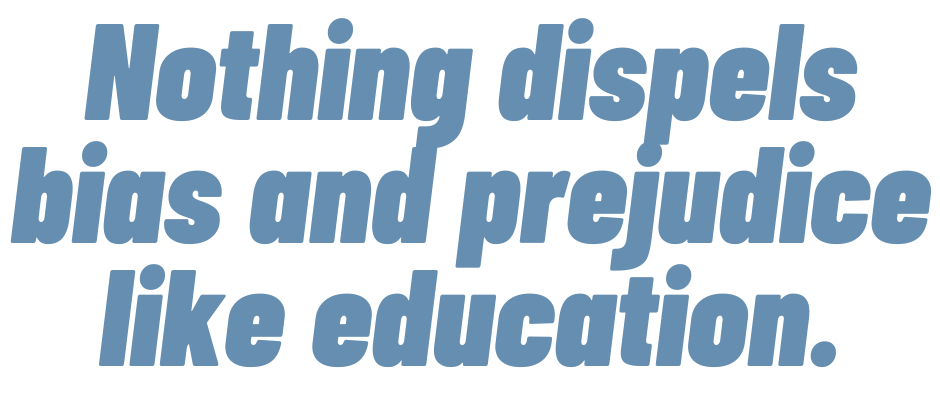 Cultures consist of norms, beliefs, and values that are exemplified in daily operations throughout the organization. Each person is the culture. When you work in a way consistent with the culture, it supports it. When you don’t, it erodes it. Treat your culture as the valuable asset that it is to retain employees and foster engagement.
Cultures consist of norms, beliefs, and values that are exemplified in daily operations throughout the organization. Each person is the culture. When you work in a way consistent with the culture, it supports it. When you don’t, it erodes it. Treat your culture as the valuable asset that it is to retain employees and foster engagement.
- Let your employees get to know each other.
Workday parties and informal after-work socializing events are more than just pleasant diversions. These types of events are important for getting employees to know each other as people, with mutual understanding, respect, and genuine friendships that result from such interactions. Prejudices fade when people come to realize that we all have much more in common than we have differences.
Diversity serves as a competitive advantage for a company that embraces it. Not only will you gain fresh insights from people who think differently than you, but these viewpoints can help you solve problems faster and better while fostering a healthy work environment for all of your employees. And that’s a key hallmark of a “best place to work.”
•••
If you’re intrigued or inspired by these ideas, we encourage you to schedule a meeting to discuss how we can work together to build an exciting and winning team at your company. We provide services for individual leaders and teams to rise to their full potential.
Here are more resources related to this topic
Articles:
- 11 Ways to Make Your Company a Best Place to Work
- Building a Best Place to Work: Create A Clear Path For Career Development
- 11 Ethical Principles for Executives
- Creating a Culture of Coaching in an Organization
- Building a Culture of Accountability in Your Organization
- Leading by Example: How Leaders Can Shape Their Organizational Culture
- RAISED: 6 Steps to Raising Employee Engagement
- Tips for handling difficult conversations with employees and colleagues
- How Business Leaders Can Inspire Performance in their Employees
Case Study:
Guide:
Videos:
- 11 Ways to Make Your Company a “Best Place to Work” – Part 1
- Part 2 of 11 Ways to Make Your Company a “Best Place to Work”
- Why You Need to Cultivate a High-Trust Environment in Your Organization
- Why You Need to Deal With Problem Employees Sooner Than Later!
- One Simple Way To Raise Employee Engagement
- How to Express Tough Love to Your Employees as a Leader
- When High Performing Employees Misbehave – What to do?
Photo copyright: Featured photo is from ©Yan Krukau via Pexels. Second photo is from ©Diva Plavalaguna via Pexels.
